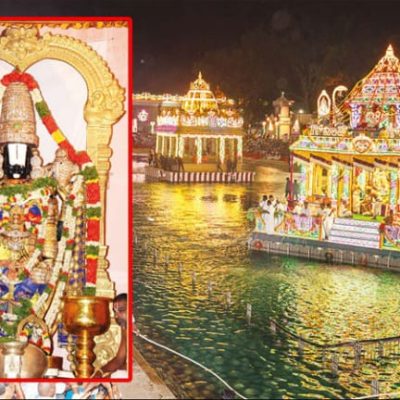Billawar Mahabilwakeshwar Temple or Harihara Temple, Jammu and Kashmir

Address
Billawar Mahabilwakeshwar Temple or Harihara Temple, Jammu and Kashmir
Billawar Rd,
Billawar, Kathua District,
Jammu and Kashmir 184204
Moolavar
Mahabilwakeshwar
Introduction
Harihara Temple is dedicated to Lord Shiva located in Billawar Town in Kathua District in Union Territory of Jammu and Kashmir. The Temple is also famously called as Mahabilvakeshwar Temple. The Temple is situated on the banks of Bhinni River, the main tributary of River Ujh. Billawar is also known as Balaur, Villapur and Belapur. This Temple is one of the listed sites under Archeological survey of India.
Puranic Significance
Pandavas worshipped Lord Shiva here: As per legend, Pandavas visited Billawar in the last year of their exile and were attracted by Bael or Bilwa trees abundant in the region. Mahabilvakeshwar Temple was built by the Pandavas for their worship during their stay in this town.
Mahabilvakeshwar: Once, the place was abundant with Bael or Bilwa trees. The temple was situated inside the Bilwa Forest. Hence, the Temple came to be called as Mahabilvakeshwar Temple.
Raja Bhog Pal, a son of the king of Kullu Valley, founded Basohli and established Billawar as the capital in 765 A.D. after subduing Rana Billo, a feudal chief who once ruled the area. The ruling house was subsequently known as Balouria, deriving name from Balor. Billawar was called as Villapur in ancient times. The town was mentioned in Kalhana’s Rajatarangini, the chronology of kings. During the reign of Raja Anant of Kashmir, King Kalsha ruled Villapur. Sussala, the ruler of Kashmir was married to the daughter of Villlapur’s ruler. It was evident that there was close political and cultural relations between Kashmir & Billawar in ancient times. Billawar was situated on an important ancient trade route from Haridwar to Kashmir, which according to Alberuni passed through Pinjor (near Chandigarh) Dahmala (Nurpur), Billawar, Ladha and Rajapuri fort, before going to North through Pir Panjal pass. The temple is dated to 10th Century CE. It was destroyed by the troops of Babur. But according to others, it collapsed 150 years ago in the reign of Raja Bhupinder Pal.
Special Features
This is a west facing temple. The temple is a local variant of the Indo-Aryan style or North Indian temple architecture with little influences of Kashmir temple architecture. The Temple is built on a three feet high platform. The Temple is Navratha on plan and consists of a square sanctum internally crowned by curvilinear sikhara, Antarala and a pillared mandapa. The Mandapa is collapsed. Only north and west wall of the Mandapa remains. A low wall has been constructed on the east side utilizing old materials. A square slab with lotus rosettes can be seen in the newly constructed east wall. This slab once might have been part of the central ceiling of the Mandapam. The roof of the Mandapa might have been supported by four pillars. Presiding Deity is called as Mahabilvakeshwar / Harihara. He is housed in the sanctum in the form of Lingam. The Vimana over the sanctum is about 60 feet high. The wall portion has plain mouldings at the base and top. It has niched shrines for Parsvadevatas on its central rathas and is studded with Dikpalas figures and rosettes in pediment niches at the corners and flanking rathas. The Vimana is decorated with lotus motifs. Lord Brahma, Lord Vishnu and five headed Lord Shiva (5-headed), Lord Ganesha and Lord Bhairava are the others idols worshipped in this Temple.
References
https://hindutemples-india.blogspot.com/2020/04/harihara-temple-billawar-jammu-and-kashmir.html






Century/Period
10th Century CE
Managed By
Department of Archaeology (DOA)
Nearest Bus Station
Billawar
Nearest Railway Station
Pathankot
Nearest Airport
Jammu





